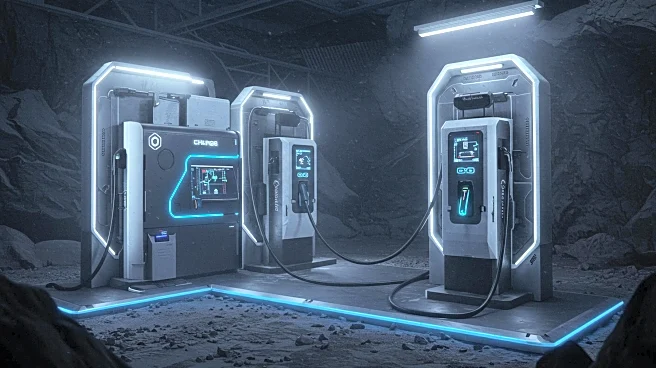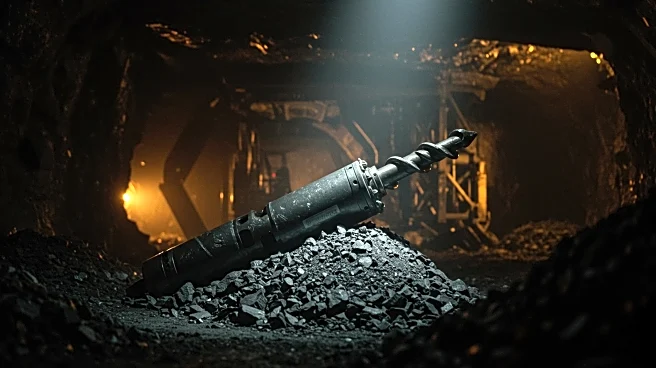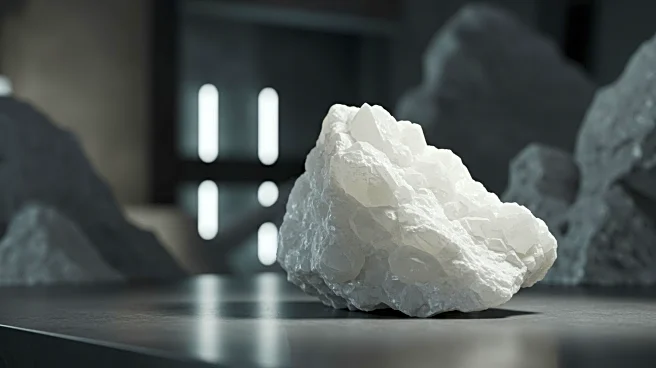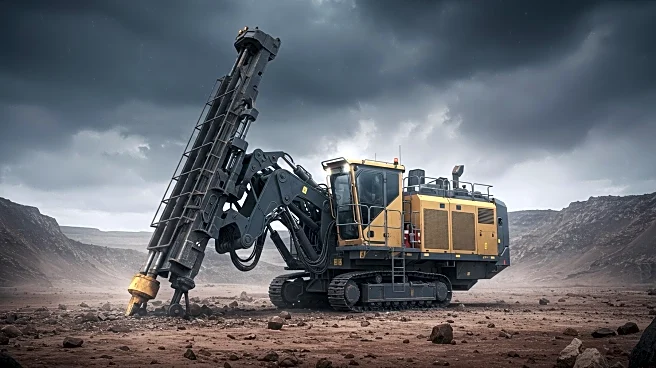What is the story about?
What's Happening?
BluVein, an Australia-based company, has received a A$9 million grant from the Australian Renewable Energy Agency (ARENA) to develop and trial its dynamic charging technology for heavy haulage battery electric mining vehicles. This technology, known as 'hammer and rail,' aims to facilitate safe electric powering and charging in motion, reducing emissions in the mining sector. The initial phase involves developing a 40-60 ton prototype truck for underground mining, with plans to extend the technology to ultra-class heavy surface haulage trucking. BluVein has already made progress with a 2 MVA modular substation, powered by Epiroc, at its proving grounds in Queensland, Australia.
Why It's Important?
The mining sector is a significant source of emissions and energy consumption in Australia. BluVein's dynamic charging technology offers a potential solution to reduce reliance on diesel fuel, which is crucial for meeting climate targets. By enabling in-motion electrification, the technology could lower emissions and enhance operational efficiency, contributing to sustainable mining practices. This project is expected to drive advancements in low-emission metals production, benefiting both the economy and the environment.
What's Next?
BluVein plans to demonstrate the capabilities of its BluVein1 and BluVeinXL systems in decarbonizing the mining sector. The successful implementation of this technology could lead to broader adoption across various mining environments, optimizing efficiency and productivity. Stakeholders in the mining industry may closely monitor the outcomes of these trials, potentially influencing future investments in renewable energy solutions.
Beyond the Headlines
The development of dynamic charging technology in the mining sector highlights the growing importance of innovative solutions in addressing environmental challenges. This project not only aims to reduce emissions but also enhances worker safety through its protected rail design. The long-term implications could include shifts in industry standards and increased focus on sustainable practices.
AI Generated Content
Do you find this article useful?











